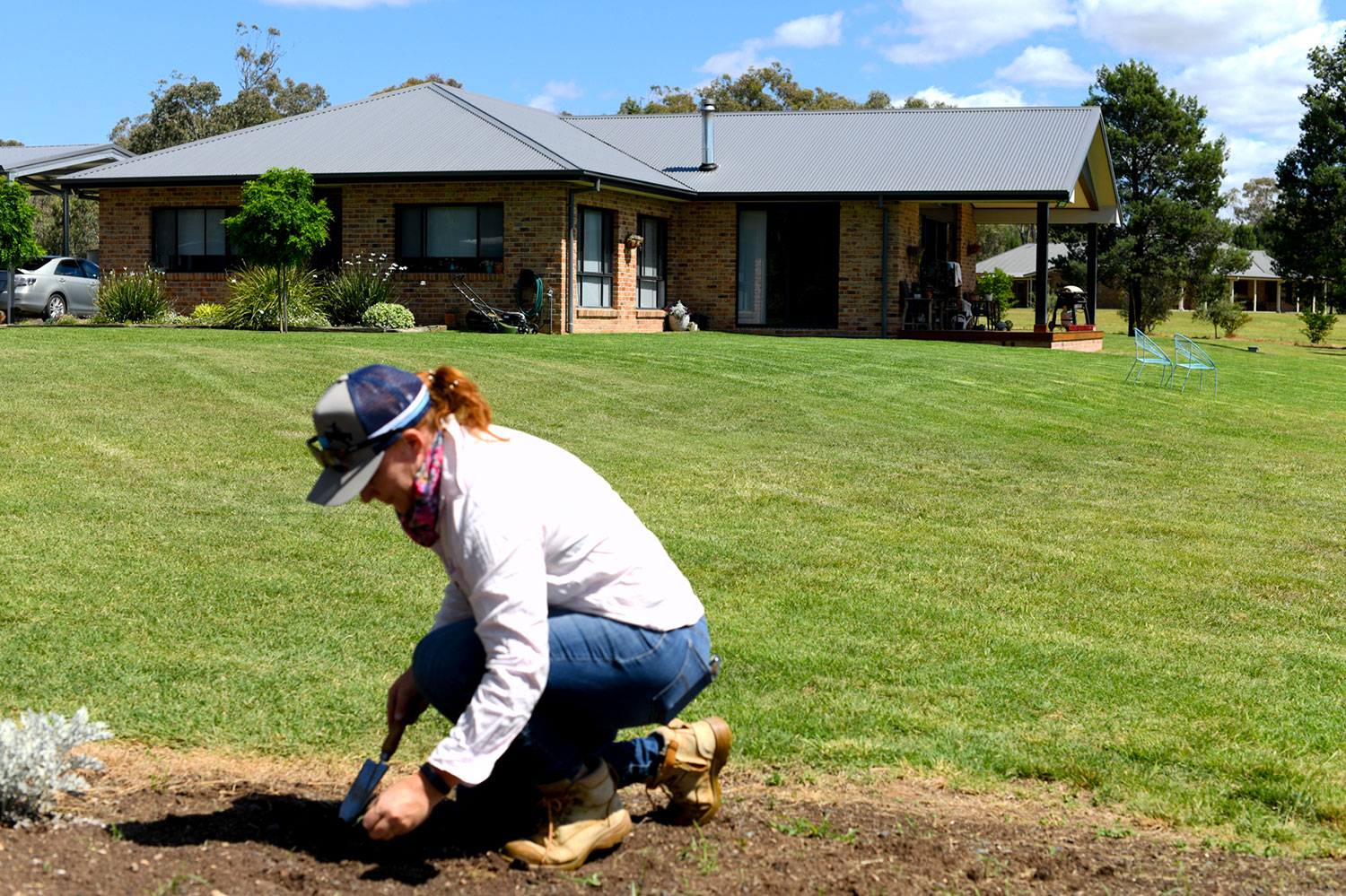Related Articles
Kikuyu grass, a vigorous and invasive grass species, can quickly overtake your lawn and garden, making it difficult to maintain a healthy and beautiful yard. While Kikuyu grass is known for its resilience and rapid growth, it can become a nuisance if left unchecked. This guide will provide you with practical and effective methods to get rid of Kikuyu grass and restore the health of your lawn.
Understanding Kikuyu Grass
Before tackling Kikuyu grass, it’s essential to understand its characteristics. Kikuyu grass (Pennisetum clandestinum) is a perennial grass native to East Africa. It thrives in warm climates and is often used for pasture and erosion control due to its dense growth and rapid spreading ability. However, these same traits make it highly invasive in gardens and lawns.
1. Manual Removal
One of the most straightforward methods to remove Kikuyu grass is through manual removal. This process involves physically digging out the grass, including its roots and rhizomes, to prevent regrowth.
Steps for Manual Removal:
- Water the Area: Watering the area a day before removal will soften the soil, making it easier to dig out the roots.
- Use a Shovel or Spade: Carefully dig around the base of the Kikuyu grass, ensuring you remove the entire root system.
- Dispose of Properly: Place the removed grass in a bag and dispose of it to prevent it from taking root elsewhere.
2. Solarization
Solarization is an eco-friendly method that uses the sun’s heat to kill Kikuyu grass. This technique involves covering the affected area with a clear plastic sheet to trap heat and destroy the grass and its seeds.
Steps for Solarization:
- Prepare the Area: Mow the Kikuyu grass as short as possible and water the area thoroughly.
- Cover with Plastic: Lay a clear plastic sheet over the area, securing the edges with rocks or stakes.
- Wait for 6-8 Weeks: Leave the plastic in place for 6-8 weeks during the hottest part of the year. The heat will kill the grass and its seeds.
3. Herbicides
Herbicides can be an effective solution for controlling Kikuyu grass. Selective herbicides target specific types of grasses, while non-selective herbicides will kill any plant they come into contact with.
Types of Herbicides:
- Selective Herbicides: Target Kikuyu grass without harming other grasses. Examples include fluazifop and sethoxydim.
- Non-Selective Herbicides: Kill all vegetation. Glyphosate is a common choice.
Steps for Using Herbicides:
- Choose the Right Herbicide: Select a herbicide that is appropriate for your lawn and follow the manufacturer’s instructions.
- Apply Safely: Wear protective gear and apply the herbicide evenly over the affected area.
- Monitor and Reapply: Check the area regularly and reapply as needed to ensure complete eradication.
4. Maintaining a Healthy Lawn
Preventing the return of Kikuyu grass requires maintaining a healthy and robust lawn. A well-maintained lawn can outcompete invasive species and reduce the chances of Kikuyu grass re-establishing.
Tips for Lawn Maintenance:
- Regular Mowing: Keep your lawn mowed to the recommended height for your grass type.
- Proper Watering: Water your lawn deeply and infrequently to encourage deep root growth.
- Fertilization: Apply a balanced fertilizer to provide essential nutrients for your grass.
- Aeration: Aerate your lawn annually to improve soil health and reduce compaction.
5. Preventative Measures
Implementing preventative measures can help keep Kikuyu grass from spreading to other areas of your yard.
Effective Preventative Measures:
- Edge Barriers: Install physical barriers around your lawn to prevent Kikuyu grass from creeping in.
- Mulching: Apply a thick layer of mulch in garden beds to suppress the growth of Kikuyu grass.
- Regular Inspections: Frequently inspect your lawn and garden for any signs of Kikuyu grass and address it promptly.
Conclusion
Getting rid of Kikuyu grass requires a combination of manual effort, chemical treatments, and consistent lawn maintenance. By understanding the characteristics of Kikuyu grass and applying these effective methods, you can regain control of your lawn and create a healthier, more attractive outdoor space. Remember to stay vigilant and proactive to prevent Kikuyu grass from returning, ensuring your lawn remains lush and beautiful.
4o




